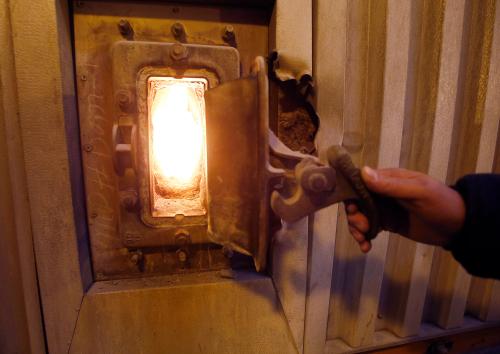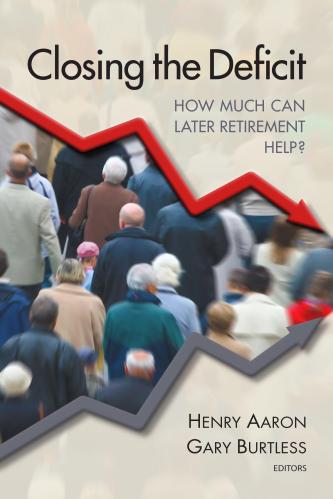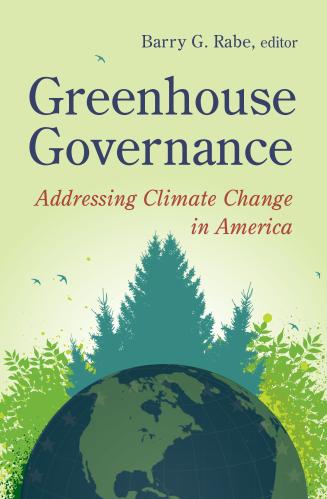The full article, included in the Quarterly Journal of the IAEE’s Energy Economics Education Foundation Volume 32, Special Issue, can be accessed through the journal website or is available as a direct download (pdf).
ABSTRACT
This study uses a general equilibrium model to compare environmental and economic outcomes of two policies: (1) a tax credit of 10 percent of the price of household capital that is 20 percent more energy efficient than its unsubsidized counterpart, assuming half of new household investment qualifies for the credit; and (2) a tax starting at $30 ($2007) per metric ton of CO2 rising five percent annually. By 2040, the carbon tax and tax credit reduce emissions by about 60 1.5 percent, respectively. Assuming other countries impose no carbon price, we find that although the carbon tax reduces U.S. GDP, it improves U.S. household welfare because it reduces world fuel prices, strengthens U.S. terms of trade, and makes imports cheaper. The revenue neutral tax credit reduces welfare but boosts U.S. GDP growth slightly at first. Both policies have similar impacts on the federal budget, but of opposite signs.









Commentary
Subsidizing Household Capital: How Does Energy Efficiency Policy Compare to a Carbon Tax?
October 26, 2011